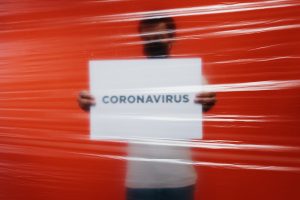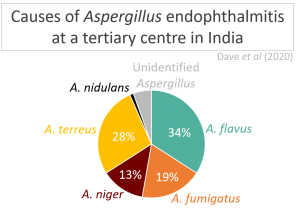Submitted by BethBradshaw on 6 March 2019
Clinical trials conducted as part of the drug approval process are often limited – for example, the safety profiles of antifungals in children have largely been extrapolated from clinical trials in adults. Therefore, it is vital that real-world data continue to be published for different groups of patients in different clinical settings.
One serious side effect of voriconazole is QTc prolongation (QTcP): the length of time the heart takes to electrically recharge between beats (N.B this is NOT the same as heart rate/pulse). This can lead to an abnormal heart rhythm (arrhythmia) known as torsades de pointes (TDP), which can be fatal. A QTc of 350–460 milliseconds is normal for a child.
Dr Pasternak and colleagues reviewed the medical records of 55 children treated with voriconazole at a children’s medical centre in Israel. QTc was prolonged by at least 60 milliseconds in 17 patients (31%), and 10 (18%) of these had an absolute QTc of over 500 milliseconds. One 14-year-old girl developed torsades de pointes but recovered following defibrillation in the paediatric ICU.
Around 2/3 of these children studied had a haemato-oncologic (blood cancer) diagnosis, and these were more likely to have the most serious QTcP – possibly because of factors such as chemotherapy-induced diarrhoea affecting electrolyte levels.
Alarmingly, a further 96 patients receiving voriconazole could not be included in this trial because there were no ECG recordings in their notes, even though monitoring is required by that medical centre. The authors stress the importance of ECG monitoring of all patients, and correction of any electrolyte imbalances before treatment with voriconazole.
· Read the paper: Pasternak et al (2019) Voriconazole-induced QTc prolongation in a paediatric population Acta Paediatr
· Print an NHS factsheet about drug-induced QT prolongation
Left: the proportion of children with potentially dangerous QTcP. Right: Electrocardiogram (ECG) trace of a single heartbeat, showing the change in electrical potential as the heart muscle contracts and recharges.
News archives
-
Title
Date


